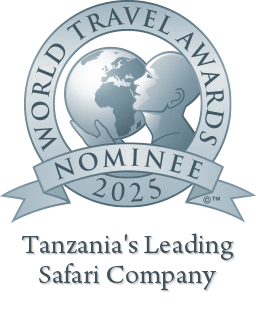Climbing Mount Kilimanjaro in July: A Journey to the Roof of Africa
Mount Kilimanjaro, Africa’s tallest peak and one of the world’s most accessible high summits, is a beacon for adventurers globally. Climbing it in July offers a unique experience, blending challenging adventure with breathtaking natural beauty. Let’s dive into why Climbing Mount Kilimanjaro in July should be on your bucket list.
Why Climb in July?
July falls in the dry season, characterized by clear, cold days and minimal rainfall. This period provides more stable weather conditions, making it one of the best climbing times. The visibility is excellent, offering panoramic views that are simply unforgettable.
Choosing the Right Route
Kilimanjaro has several routes, each with its own characteristics:
- Marangu Route: Often called the ‘Coca-Cola’ route, it’s the most popular due to its relative ease and comfort. This route has the option of climbing in 5 or 6 days.
- Machame Route: Known as the ‘Whiskey’ route, it’s more challenging but rewards climbers with stunning scenic vistas. Climbing through Machame is in 6 or 7 days.
- Lemosho Route: A longer route that allows better acclimatization and offers beautiful landscapes. This is an option for an 8-day climb.
- Rongai Route: The only route that approaches from the north, it’s less crowded and offers a different perspective. Rongai Route offers a 6 or 7-day trek.
Preparation and Training
- Physical Fitness: Ensure you’re in good physical shape. Cardiovascular and endurance training are crucial. Long walks before starting the climb are important.
- Acclimatization: Spend a few days at a higher altitude before the climb to acclimate your body.
- Medical Check-Up: Consult a doctor, especially to discuss altitude sickness prevention.
What to Expect
- Duration: Climbs typically take 5-9 days, depending on the route and pace.
- Prices: Costs vary based on different factors such as length of the climb, group size, and comfort of accommodation pre and post-hike.
- Challenges: Altitude sickness is the main challenge. Listen to your body and guides.
- Accommodation: Varies from tents on most routes to huts on the Marangu Route.
Packing Essentials
- Layered Clothing: Temperatures vary greatly, with the minimum temperature being -15 degrees Celcius expected at the summit.
- Sturdy Hiking Boots: Well-broken-in boots are a must.
- Sleeping Bag: A high-quality bag rated for low temperatures.
- Water Purification: Tablets or a filter to purify water.
- Headlamp: For early morning summit attempts.
Safety and Guides
- Professional Guides: Choose a reputable company with experienced guides.
- Travel Insurance: Ensure it covers high-altitude trekking.
- Emergency Preparedness: Be aware of the procedures for altitude sickness and evacuation.
Environmental Consideration
Respect the mountain’s fragile ecosystem. Follow the principles of Leave No Trace to minimize your environmental impact.
Booking Your Climb
Early booking is advisable, especially for July, as it’s a popular month. Consider a reputable company that offers good support and safety measures.
Conclusion
Climbing Mount Kilimanjaro in July is a transformative experience, combining the thrill of adventure with awe-inspiring natural beauty. It’s a test of physical and mental strength, and reaching the summit is an achievement of a lifetime. With the right preparation and respect for the mountain’s challenges, this trek will be unforgettable. At Kilidove Tours, we are dedicated to bringing your once-in-a-lifetime dream come true. Contact us to start planning your next adventure to Mount Kilimanjaro.




